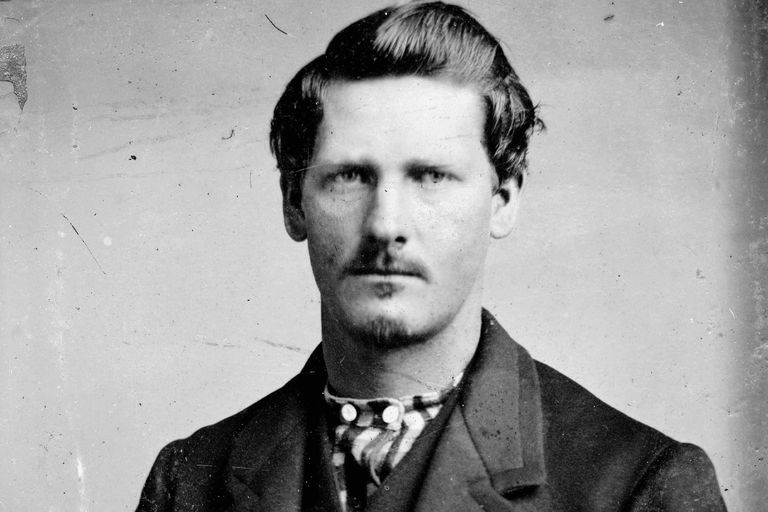40 Facts About The Legendary Wyatt Earp
Wyatt Earp's very name conjures up romantic images of the Wild West. The famous lawman was involved in iconic events that shaped both its mythology and reality. Think of the deadly shoot-out at the O.K. Corral or the desperate days of the Klondike gold rush. But not everything about Earp was cause for celebration, and sometimes his legendary name disguises a darker truth.
1. He was one of many little Earps
Wyatt Berry Stapp Earp entered the world in Monmouth, Illinois, on March 19, 1848. He was the fourth arrival in a family with eight children. His father was Nicholas Porter Earp, and his mother was Virginia Ann Cooksey.
Earp also had an older half-brother, who was the product of his father's first marriage. While Monmouth might not sound as romantic as Dodge City, Deadwood, or Tombstone, the Wyatt Earp Birthplace was placed on the National Register of Historic Places in 1999.
2. Earp was named after a military man
The infant Wyatt was named after a man whom his father must have admired: Captain Wyatt Berry Stapp. That's right: Wyatt Earp's full name is Wyatt Berry Stapp Earp. Captain Stapp was in command of the 2nd Company Illinois Mounted Volunteers.
This unit fought in the Mexican-American War, and Earp's father served as a sergeant in Stapp's regiment. There doesn't appear to be any record of what Captain Stapp thought of having the country's most famous lawman named after him.
3. Earp had a habit of running away from home
Three of Wyatt's brothers joined the Union Army in November 1861 during the Civil War. Earp Senior, on the other hand, busied himself with recruiting and training duties. So Wyatt and two other brothers were left to look after the family farm.
But the 13-year-old Wyatt seemed to like the idea of being a military man more than he did farming. In fact, Earp ran away multiple times in the hope of signing up. His dad, however, caught up with him every time and marched him back to the farm.
4. He was a pretty good boxer
Wyatt Earp was a keen fan of boxing. So much so that he became a referee when he was working as a teamster on the Union Pacific Railroad in Wyoming Territory.
Records show he officiated an 1869 fight between Professor Mike Donovan and John Shanssey — a bout that attracted 3,000 fans. He was still refereeing boxing matches almost 30 years later when a decision in the Fitzsimmons vs. Sharkey Heavyweight Championship bout cost him his reputation.

